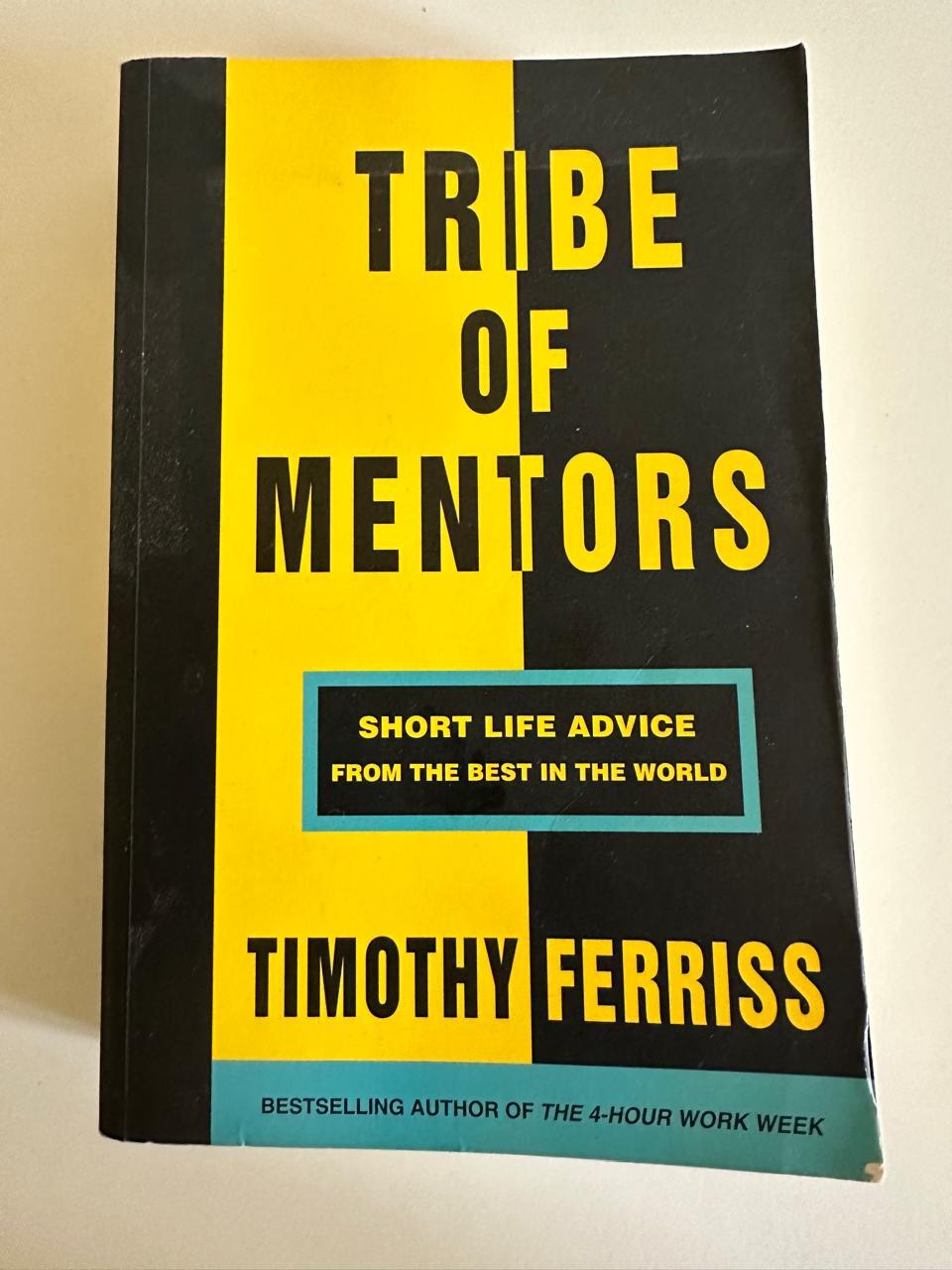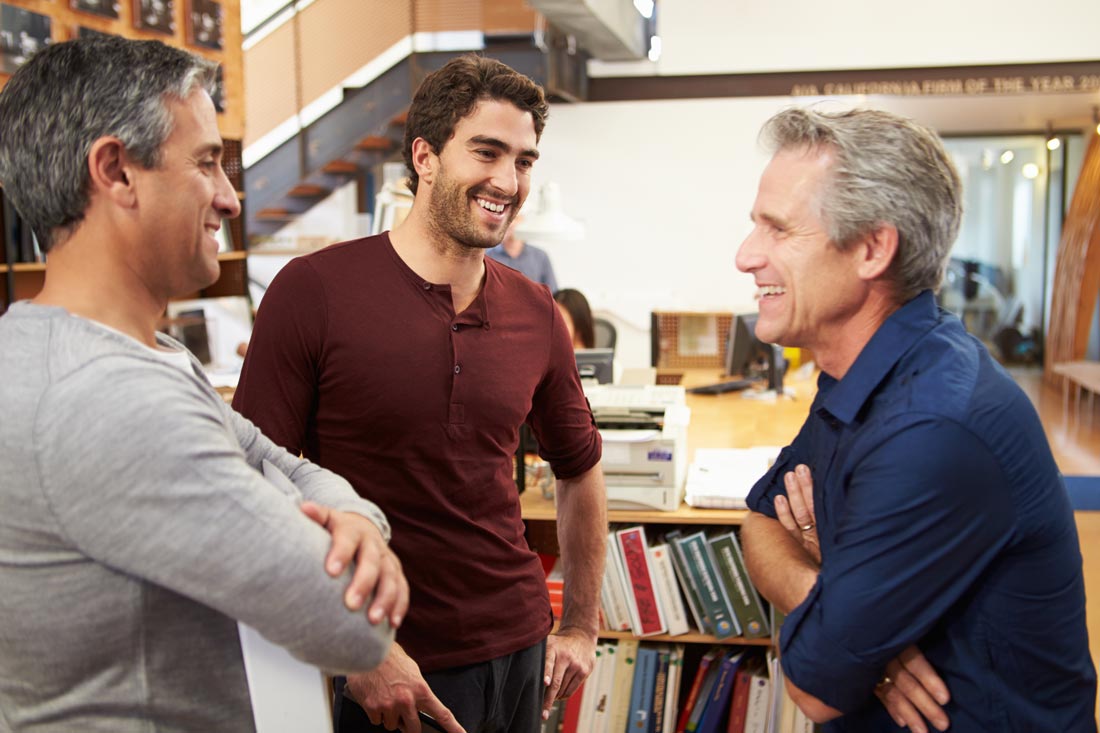
HomeThe Art of Small Talk By Debra FineBook SummaryThe Art of Small Talk By Debra Fine
The Art of Small Talk By Debra Fine
April 12, 2024
The Art of Small Talk By Debra Fine

- Binod Shankar
- Book Summary
My Top 20 points:
- Does striking up a conversation with a stranger make your stomach do flip-flops? Do you spend time hiding out in the bathroom at social gatherings? Do you dread the very thought of networking? Is scrolling your phone a crutch to avoid interacting? Help is on the way with this book. Small talk is a skill that can be learnt.
- Want to maximize your opportunities? Then make the first move. Have the courage to take the risk, and you will always gain unexpected things. Taking the initiative could not only potentially maximize your opportunity, but it means you get to take control. You can choose the person that you want to talk, and being in charge of your destiny, rather than standing there passively, waiting for someone to rescue you.
- People who are good at small talk make others feel included, valued, and comfortable.
- Look for the people sitting by themselves. They might appreciate your attempts to chat.
- Keep a list of conversation starters, and go through them before joining any social event.
- Use names:
- When you refer to people by their name in a conversation, it makes them feel special and shows that you’ve been paying attention.
- Figure out a person’s name early on in a conversation. Ask for it.
- Once you have it, repeat it or start using it in the conversation. Doing so registers the name in your memory.
- In a social setting, the best person to approach for a conversation is one who makes eye contact with you. You can also look for people who are not involved in a conversation. They are usually looking down at their phone.
- If you want to speak to someone who keeps getting pulled into different conversations there are two ways to tackle this:
- The first is to wait for a pause in the existing conversation. When that happens, interrupt the person you’re not interested in speaking to, and ask if you can talk to his/her conversation partner.
- The second option is to excuse yourself into the conversation and tell the person you want to speak to about your intention to catch up.
- Ask open-ended questions. Never ask questions warranting just a yes or no answer. Use the following phrases or questions instead:
-
- “Describe for me…”
“Tell me about…”
“How did you…”
“What was that like for you?”
“Why?”
- There are also many cues for open-ended questions around you in any setting. Watch out for them and use them to fuel your conversations:
- Appearances: Clothing, hairdo, a badge, or any other accessories.
- Team apparel and items with a logo: These show a person’s affiliation with or affinity towards an organization or sports team.
- Office and home decorations: Art pieces, sports equipment, or a photo.
- Location and occasion: The motivation to be at an event, the host, where a person is from, or an agenda item.
- Behavior: An action the person did, a facial expression, or how one speaks or writes.
- Be attentive in a conversation:
-
- DO: lean forward, face the speaker, smile, maintain eye contact, nod occasionally to show the speaker you’re following along.
DON’T: look around, point, cover mouth, rubbing body parts, fiddling, tapping, swinging legs, crossing arms, hands on hips.
- Prepare for pregnant pauses with jumpstarters. Keep a list of jumpstarters to bring a conversation back to life. To help you to come up with the list, Fine offers four categories of questions for any social situation. FORM is the acronym you can use:
- Family: Tell me about your family. What do you like best about being a father/mother/aunt, etc.?
- Occupation: What got you into your current job? If you could change one thing about your job, what would it be?
- Recreation: How do you exercise? How do you spend your free time?
- Miscellaneous: Have you seen any good movies lately? Are you reading anything you enjoy?
13. Avoid committing the 8 conversation crimes including:
- The FBI Agents: They use interrogation-style questions and one- or two-word answers in conversations.
- The Braggarts: They brag about their accomplishments regardless of how big or small they are.
- The One-Uppers: One-uppers try to one-up everybody in a conversation. They seek to either match or trump another person’s story to get all the attention. “Been there, done that.” is their favorite statement.
- The Monopolizer: They dominate conversations by going on-and-on without passing the ball to someone else.
- The Adviser: Advisers tend to jump in and try to offer unsolicited advice. Even though they have good intentions, they will come across as presumptuous because they didn’t spend time trying to understand what’s being shared by others.
- A graceful exit is important:
- There are many reasons to exit a conversation. You might want to catch up with somebody else, or you can’t stand a conversation criminal anymore.
- Having to catch up with another person or a personal target for meeting a certain number of strangers are both solid reasons to exit.
- Never lie about your reasons.
- Convey warmth and enthusiasm so that other people feel good about being near you
- Transition cues: “I have always wanted to ask you”, “that reminds me”.
- Take the risk to start a conversation despite the possibility of rejection. We all fear rejection at some level. Just remind yourself that there are more dire consequences in life than a rejection by someone at [a social event].
- Assume the burden of making everyone else feel happy and comfortable. There is a certain tragedy of the commons in conversation: people often assume that someone else will handle making eye contact with the speaker, coming up with new topics to fill silences, and so forth. Fine’s advice is to assume the burden: be the host, be the leader.
- Make a positive, lasting impression from the minute you say hello.
- You’ll become good at small talk the same way you improve at other activities – through practice. It’s not that difficult. High school algebra was tougher than this. All you need to do is practice.
Read more blogs here – Click!





